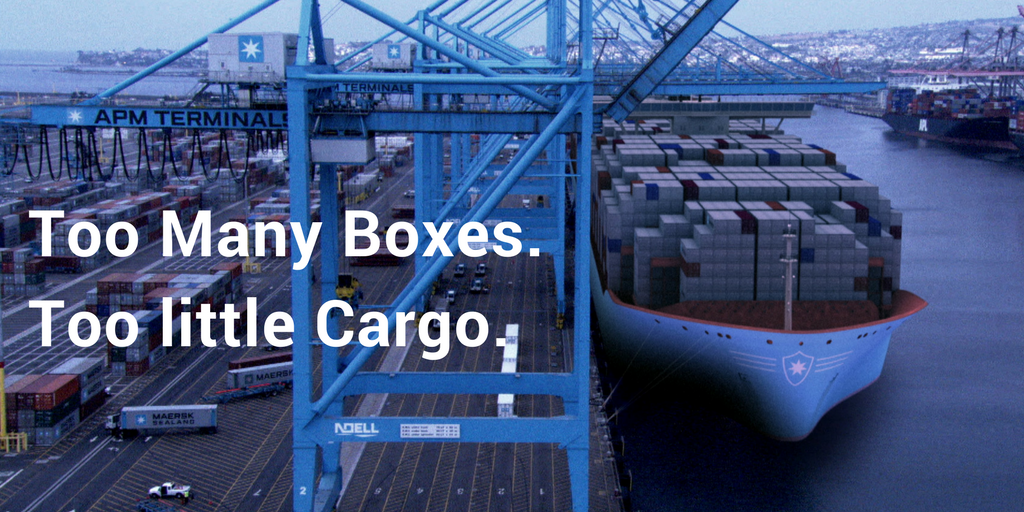While optimism and enthusiasm is a good thing, it could be said that containership carriers may very well have something else coming. There are too many mega ships coming into service, and this avalanche of empty boxes is threatening to upset the tenuous ocean freight rate gains of the past six months.
March 1 marked the six month anniversary of the Hanjin bankruptcy, whose sudden and brutal death likely saved the box-ship industry from losing 3-5 other carriers.
Hanjin's filing instantly took 93 ships and some 600,000+ TEU's off the market. While not ignoring the horrific financial losses being suffered by Textainer, Danaos, and others due to Hanjin, their bankruptcy stopped what was likely the greatest container rate collapse of all time. Rates immediately skyrocketed, giving the carriers an opportunity to stop the financial bleeding.
While rates have slightly slid since Chinese New Year, they are still almost double those of last summer when the market average price in the Xeneta spot rates index at the end of June stood at $1034 (China Main ports – North Europe Main | 40’ container).
Today (March 3, 2017), the Xeneta spot rates index shows the market average price for a 40’ box from China Main ports – North Europe main ports at $1761, up 252% since the same time last year when the same box was moved on the same corridor at a market average price of $499.
Mega Vessels with Overcapacity | What Gives?
During the loom of last year, carriers continued to cancel sailings, re-jiggered their basically ineffective alliances, and scrapped a record amount of containerships – but now it all may come undone as previously contacted megaships begin to arrive. The new vessels threaten to upset the tenuous supply-demand ratio of boxes-to-cargo that was finally beginning to balance.
Just last week MSC received the 19,472 TEU MSC Rifaya, and within the next 30 days will take delivery of two more 19,500 TEU vessels. And where will this almost 60,000 new TEU's be dropped? Into the already-bloated Asia-North Europe routes. UASC will be be adding to the glut; they have six 18,800 TEU megas (totalling112,800) along with eleven 15,000 (165,000) TEU vessels on order.
That's 337,800 empty TEU's arriving into a market that's already flooded with 1.3 million TEU's (340 ships) laid-up capacity; with this many empty boxes, can the market still bask in the rally from the past few months? Tighter capacity measures have indeed been taken by carriers to band aid the challenge as the megas soon invade the scene. Is it enough?
Maersk Takes a Pragmatic Approach
Maersk, on the other hand; took a realistic view of the marketplace and pushed their 2017 deliveries of nine 14,000 TEU vessels (126,000) out to 2018-2019. They said they did not have to make any penalty payments to the shipyards, and if volumes improved there were sufficient ships that could quickly be chartered. That's perhaps some of the common sense thinking others in the industry should also display.
This won't be easy on the S. Korea and Chinese shipyards, most of whom are already looking at shortened order books and increasing lay-offs. Government assistance will likely be required by the yards, but with 1.6 million TEU's of new vessel capacity arriving in 2017, another 12-18 months of collapsing rates will surely bring more carrier bankruptcies and turn those temporary layoffs at the yards permanent.
While these are not pleasant decisions to make, the rest of us may be wondering, what’s the point with all the mega ships if they will be sailing empty? There are still too many boxes competing for too little cargo, and until the world economies improve, the carriers need to take a realistic look at the cargo – container relationship and decide accordingly. As I always say, the market remains unpredictable.
%201.png)






